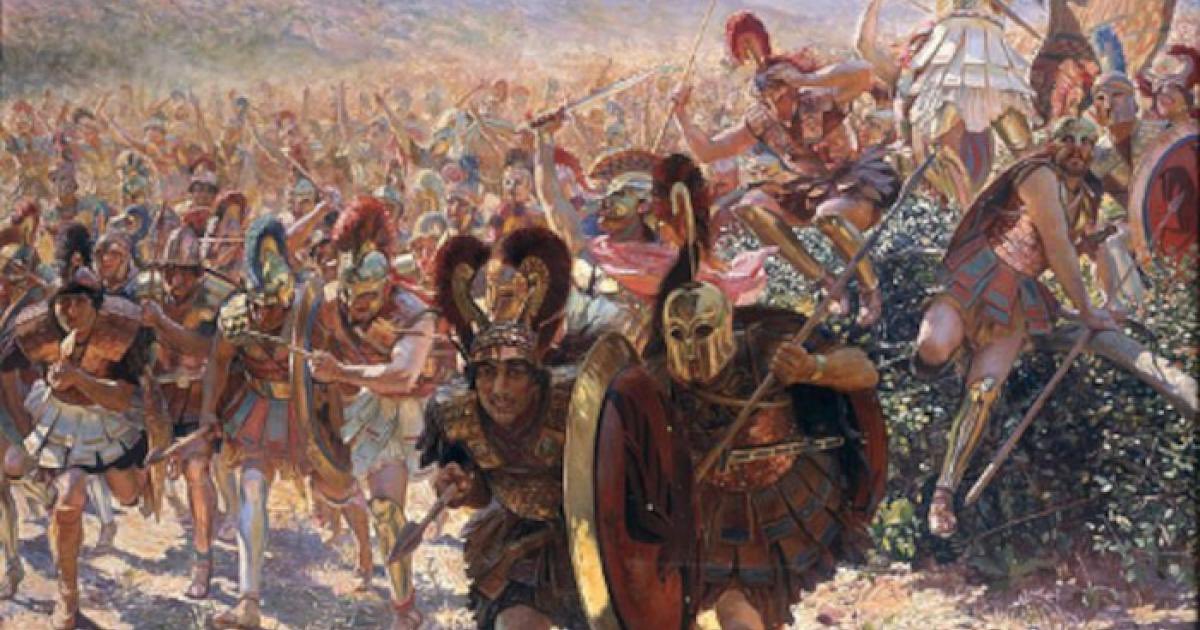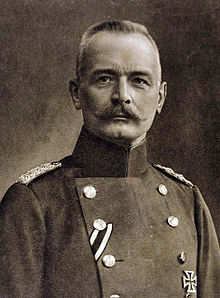The adage that an attacking force requires a 3:1 superiority over the defense has become so ubiquitous and frequently repeated that it has become an implicit “rule” of analysis. The problem is that it’s not true, and nobody seems to know where it comes from.
The actual source of the ratio is a 1991 manual from the US Army CGSC, which simply said: “Historical experience has shown that a defender has approximately a 50-50 probability of successfully defeating an attacking force approximately three times his equivalent strength.”
The idea there was to establish rules of thumb for desirable force ratios in different situations. For example, 1:6 for delaying defense, 1:1 for local counterattack, 18:1 for penetration to depth, etc.
These ratios are useful in the context of exercises and planning, as they sketch out general rules of thumb for arranging forces. Think of it as being vaguely similar to the ratios that come from rolling dice in a risk game.
What they are not, however, are iron rules of real combat that apply uniformly. Furthermore, the manual’s claim that the 3:1 ratio is historically derived is not supported.
The German general staff conducted analyses of fire volumes and concluded that a simple advantage on the order of 1.2:1 is enough to achieve local success. Clausewitz argued that a 50% advantage was sufficient in almost all circumstances.
Today, such ratio rules are even less applicable because of the wide range of fires (tube artillery, drones, aircraft, and rocketry) and the need for enablers (combat engineering, mine clearing, etc) at scale. These are more decisive than simple infantry headcounts.
Bottom line, there is no “rule” about the force requirements for successfully attacking or defending on a modern battlefield, and there’s definitely no universal pattern of casualties that you can extrapolate.
The 3:1 ratio is probably a useful rule of thumb in war gaming and exercises because it creates a framework for thinking about force concentration, but it doesn’t tell you much about what’s happening in places like Pokrovsk.
Even in WW1 when it was most continent to count forces with a simple division inventory, the 3:1 ratio doesn’t hold up. Ypres, Brusilov Offensive, Bug–Narew Offensive, lots of other examples where attackers had success at near parity.
• • •
Missing some Tweet in this thread? You can try to
force a refresh















